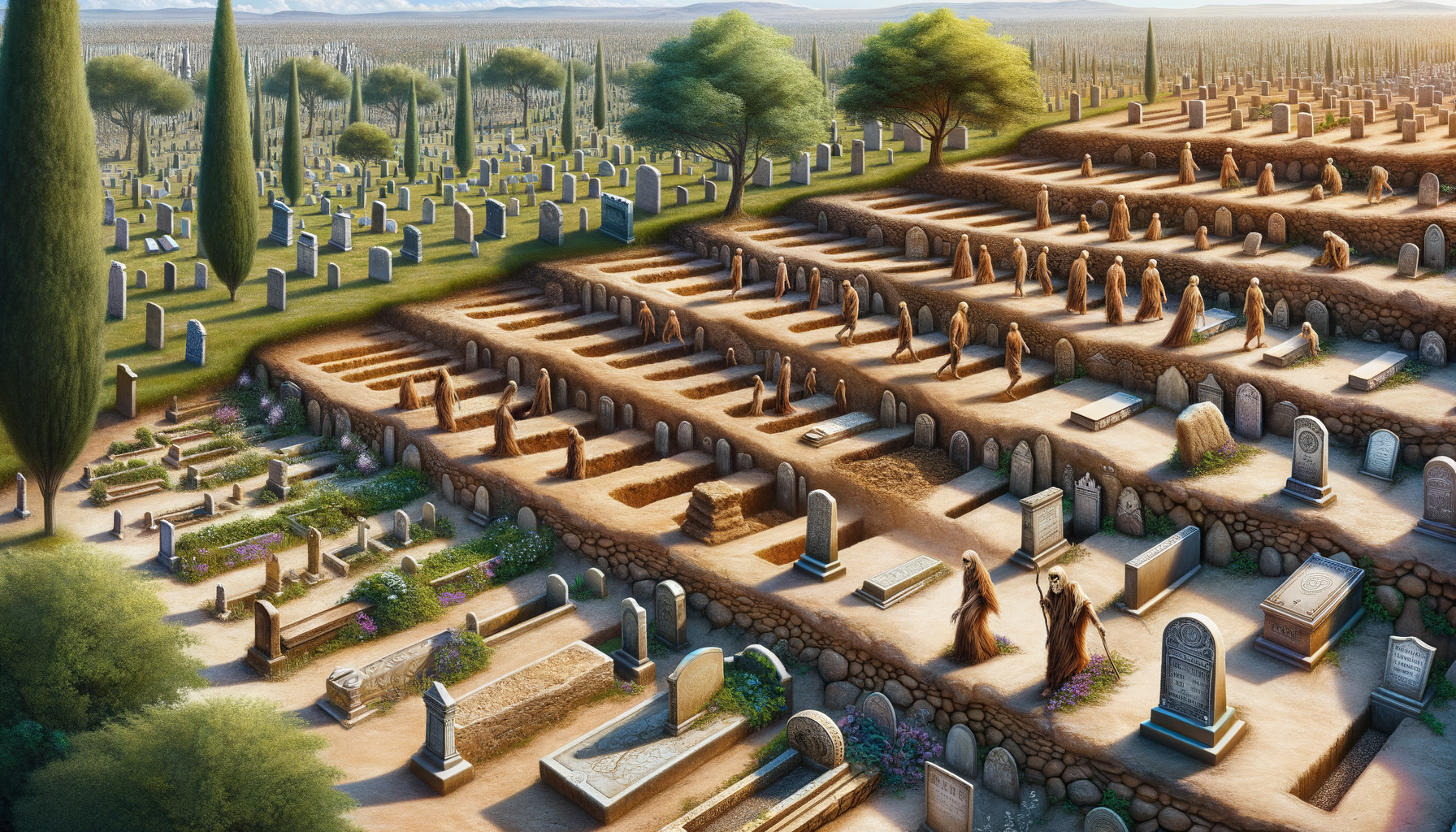The Historical Role of Cemeteries
Cemeteries have been integral to human societies for millennia, serving as sacred spaces where the dead are honored and remembered. Historically, these sites have evolved from simple burial grounds to elaborate memorial parks. In ancient times, burial practices varied significantly across cultures, reflecting diverse beliefs about death and the afterlife. For instance, the Egyptians built grand pyramids as tombs for their pharaohs, while the Greeks and Romans constructed intricate necropolises outside city walls.
The Middle Ages saw the rise of churchyard burials in Europe, where the dead were interred in consecrated ground, often surrounding churches. This practice underscored the connection between religion and burial customs, emphasizing the belief in a spiritual journey after death. As societies progressed, the Enlightenment period brought about a shift in cemetery design, with a focus on aesthetics and landscaping. This era marked the beginning of garden cemeteries, which were designed not only as places of burial but also as serene environments for contemplation and remembrance.
Cemeteries as Cultural Landscapes
Cemeteries are more than just burial sites; they are cultural landscapes that reflect the values, traditions, and history of a community. They serve as open-air museums, offering insights into the past through gravestones, monuments, and epitaphs. Each element within a cemetery tells a story, from the materials used in tombstones to the symbols carved into them. For instance, the use of particular motifs, such as angels or weeping willows, can indicate beliefs about the afterlife or convey messages of mourning and hope.
In many cultures, cemeteries are places of pilgrimage where families gather to honor their ancestors, particularly during specific times of the year. Festivals like the Day of the Dead in Mexico highlight the role of cemeteries as spaces for communal celebration and remembrance. These events reinforce the connection between the living and the dead, emphasizing the belief that those who have passed on continue to be an integral part of the community.
Modern Trends in Cemetery Design
Contemporary cemetery design has evolved to accommodate changing societal values and environmental concerns. Today, there is a growing trend towards sustainable burial practices, with an emphasis on reducing the ecological footprint of traditional interment methods. Green burials, which forgo embalming fluids and non-biodegradable materials, are becoming increasingly popular. These practices align with a broader societal shift towards environmental consciousness and sustainability.
Additionally, modern cemeteries often incorporate elements of technology and personalization. Interactive memorials, which use QR codes to provide digital biographies of the deceased, are becoming more common. This integration of technology allows for a more personalized and enduring way to remember loved ones, offering a dynamic connection between past and present.
The Role of Cemeteries in Grief and Healing
Cemeteries play a crucial role in the grieving process, providing a physical space for individuals to mourn, reflect, and find solace. Visiting the graves of loved ones can be a therapeutic experience, offering a sense of continuity and connection. The act of tending to a grave, whether through placing flowers or maintaining the site, can be a meaningful ritual that aids in the healing process.
Moreover, cemeteries often host support groups and memorial services, creating a community for those who are grieving. These gatherings offer opportunities for individuals to share their experiences and find comfort in the company of others who understand their loss. In this way, cemeteries serve not only as places of rest for the deceased but also as spaces of support and healing for the living.
Future Perspectives on Cemeteries
As societies continue to evolve, so too will the role and design of cemeteries. Future cemeteries may increasingly reflect technological advancements and societal shifts towards personalization and sustainability. Concepts such as vertical cemeteries, which maximize space in urban areas, and digital memorials, which offer virtual spaces for remembrance, are likely to become more prevalent.
Additionally, as global populations become more diverse, cemeteries will need to accommodate a wider range of cultural and religious practices. This diversity presents opportunities for innovation in cemetery design and management, ensuring that these spaces remain relevant and inclusive. Ultimately, the future of cemeteries will be shaped by the ongoing interplay between tradition and innovation, reflecting the changing needs and values of society.


Leave a Reply